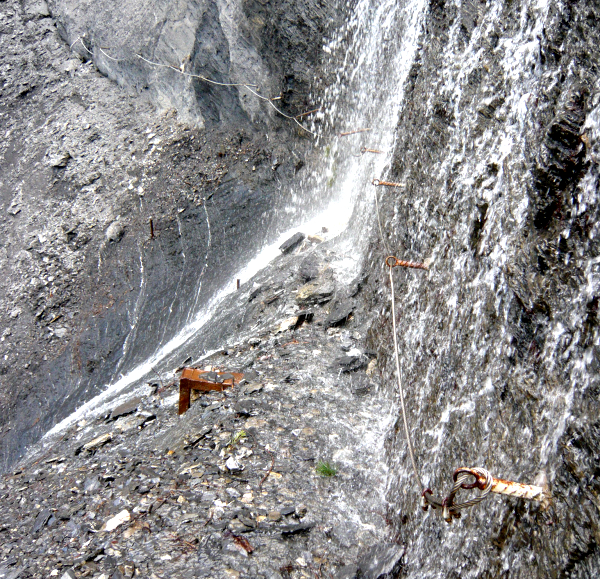Foreword to mountaineering

Mountaineering, taken in its broadest sense,
is a varied and rewarding activity
Varied, because it calls on a wide range of knowledge and techniques.
Enriching, because it enables those who practice it to acquire and perfect knowledge and techniques, and above all to develop a number of physical and moral qualities.
But it’s also a risky business…
« Climb if you like, but never forget that courage and strength are nothing without caution, and that a single moment’s carelessness can destroy a lifetime of happiness. Never act in haste, take care with every step.
And from the beginning, think that this could be the end »
Edward Whymper
In the following chapters, I’ll try to give you an overview of the various aspects of summer mountaineering. I’m deliberately not mentioning winter mountaineering and skiing, leaving the joys and sorrows to others with more experience.
It is not my intention to deal with every aspect of summer mountaineering in depth and exhaustively, nor do I have the skills to do so. My approach is more pragmatic. The aim is to make as complete an inventory as possible of the elements that make up this activity, emphasizing the points that experience leads me to consider important.
The experience I’m talking about is not that of a top-level mountaineer. No « firsts », no « solos ». It’s the experience of an average mountaineer, who’s done medium and high mountains in all weathers, either as a race leader or as a participant. In fact, similar to the aspiration of the majority of you reading this.
In the following pages, I consciously abandon the term « alpinist » and replace it with « montagnard ». The word « mountaineer » seems to me to be closer to the conception we have of our activity in the environment we love. It covers both the joy of reaching the summit and the happiness of living in perfect communion with nature, respecting the flora, fauna and people who live there.
This is because the mountain, before being a « playground », is a living environment, with an old, strong and original civilization. For the alpinist, the mountain is often no more than a kind of physical abstraction that only takes on meaning when it is useful – walls, needles, glaciers… – the rest is just an uninteresting amalgam to get through. The alpinist talks more about schedule and inclination than botany or mineralogy; he climbs with a « Condor » and « Makalu » rather than an ice axe and crampons. The alpinist’s summit is a goal to be reached; the mountaineer’s is a way of experiencing the mountain. If they fail, the former will be disappointed, the latter not.
What’s more, the prefix « alpine » is restrictive. It’s possible to explore the mountains in other places, such as the Andes or the Himalayas.
Before getting technical, let’s give our activity a temporal and spatial dimension. A few historical landmarks to help us better understand the intellectual approach of our mountain ancestors, and a few geographical and geological landmarks to situate and decipher our evolutionary terrain.
